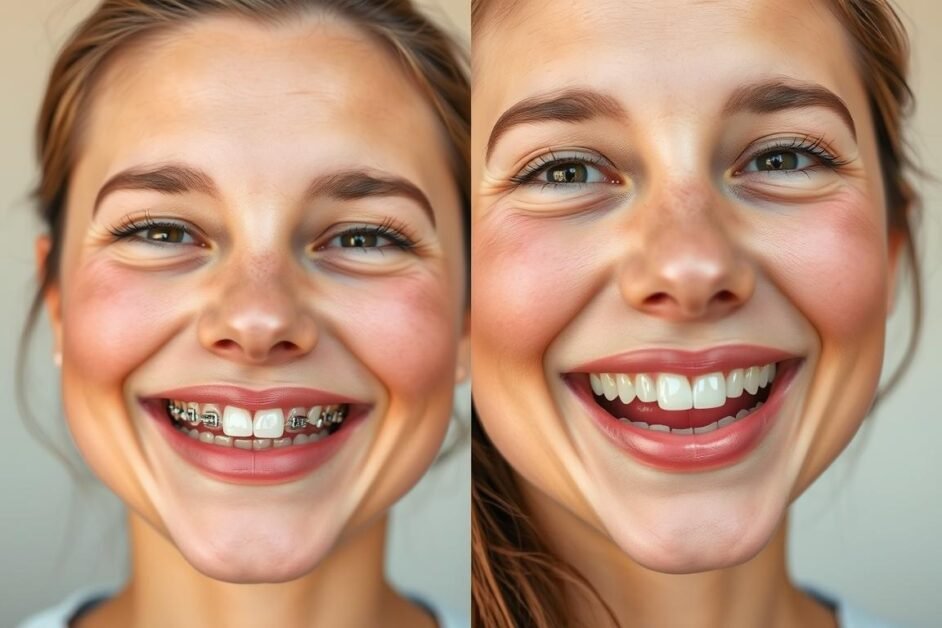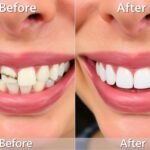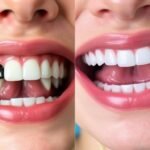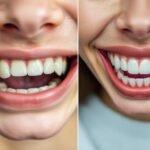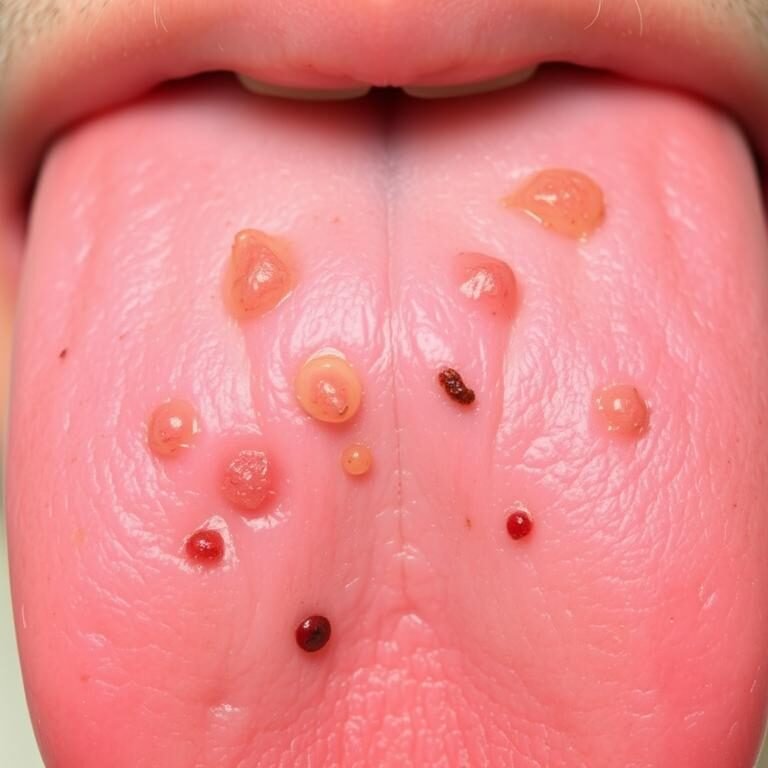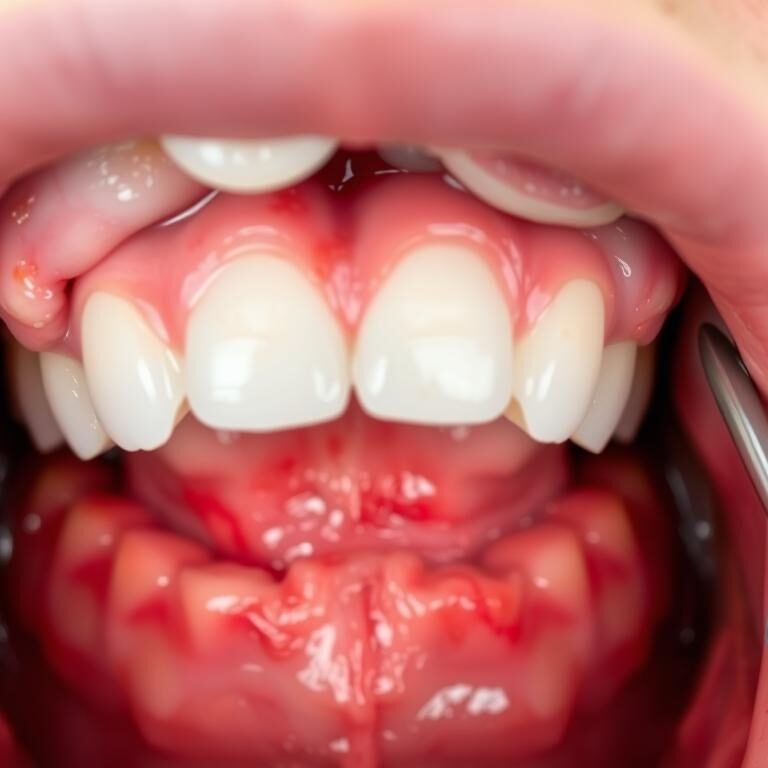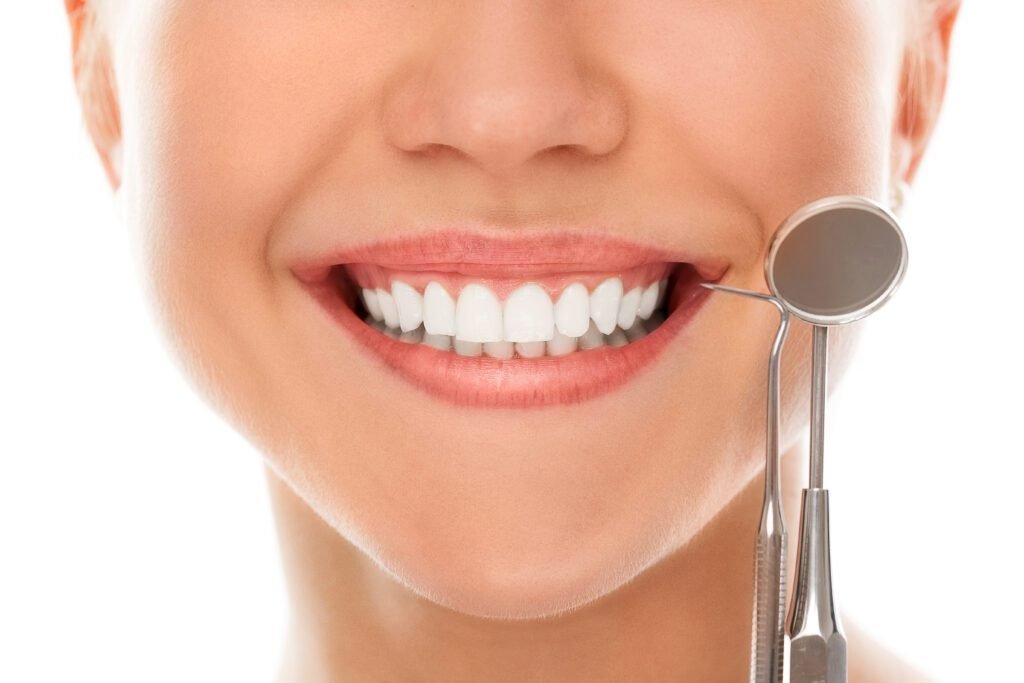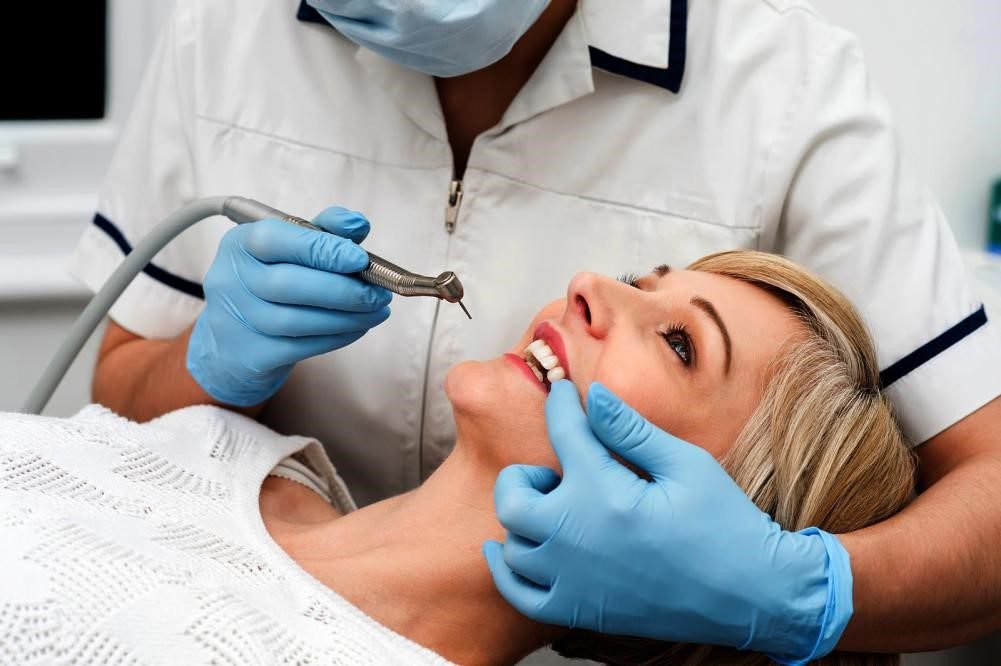Imagine looking in the mirror and feeling unsure. Then, imagine seeing a bright smile that fills you with confidence and happiness. For many, getting braces is more than just a cosmetic change. It’s a journey that changes how they see themselves and their place in the world.
Every year, 4 million people in the U.S. start orthodontic treatment with braces. This shows how big of an impact braces can have on people of all ages. Over 75% of orthodontic patients are kids and teens. This highlights how braces play a key role in shaping young lives and boosting self-esteem.
The change from before to after braces is not just about looks. It’s also about the emotional and psychological benefits. Studies show that patients feel 40% more confident in themselves after treatment. With the right care from experts, like those at various orthodontic clinics, people see their smiles transform. This journey to a confident smile is empowering and can change lives.
Table of Contents
Understanding Orthodontic Treatment
Orthodontic treatment uses dental devices like braces to fix teeth alignment and jaw shape. It’s key for both looks and health. An orthodontist uses X-rays and exams to make a plan for each patient.
Treatment times vary, from months to years, based on the case. Regular visits and adjustments are needed to track progress. Some patients might feel a bit of discomfort as their teeth move.
There are different types of orthodontic appliances, like braces and clear aligners. The choice depends on the patient’s needs. Young patients might need expanders to make room for teeth. Also, patients must wait two weeks after tooth extractions before starting braces.

After treatment, wearing retainers is important to keep teeth in place. They’re worn full-time at first, then at night. It’s also important to see the orthodontist at six, nine, and twelve months to check if teeth are staying aligned.
| Fact | Details |
|---|---|
| Treatment Duration | Varies from months to years depending on complexity. |
| Post-Treatment Retainers | Worn full-time initially, shifting to nightly wear over time. |
| Monitoring Visits | Required every four to eight weeks during active treatment. |
| Common Issues Addressed | Overbites, underbites, crowding, and gaps between teeth. |
| Retainer Necessity | Critical for preventing tooth relapse post-treatment. |
Good orthodontic care is important for looks and health. It helps prevent cavities, gum disease, and other dental problems.
What Are Braces?
Braces are special dental tools that fix teeth that don’t line up right. They use gentle pressure to slowly move teeth into the right spots. This makes teeth healthier and looks better too.
Braces have parts like brackets, wires, and bands. They work together to fix teeth problems.
When we talk about what are braces, we see many types. Metal braces are common and strong. They use stainless steel brackets and wires.
Ceramic braces are another choice. They look like metal braces but are clear or tooth-colored. This makes them less noticeable.
Clear aligners, like Invisalign, are also popular. They are clear, removable, and fit your teeth perfectly. They are great for adults who don’t want to show off their braces.
Choosing the right braces depends on your teeth and how they’re aligned. Some problems are simple, while others are more complex. It’s best to talk to an orthodontist for advice.

They can help you find the best treatment for your teeth. This will make your teeth work better and boost your confidence. For more info on braces, check out this resource.
Braces Before and After: The Transformative Journey
Getting braces is a big change for many people. With each adjustment, they see their smile change slowly. Before and after photos show this change, and they also feel a big change in how they feel about themselves.
Visualizing the Change with Before and After Photos
Photos of braces before and after show how well treatment works. Places like Beverly Hills Orthodontics use these photos to show off their patients’ new smiles. About 30% of people see a big change in their smile in the first six months.
These photos show the hard work it takes to get a perfect smile. They inspire people who are going through the same thing.
The Psychological Impact of a New Smile
A new smile can really change how you feel about yourself. After treatment, 90% of people feel more confident and happy with themselves. They start to feel more comfortable around others and ready for everyday challenges.
Studies show that 60% of people notice better oral health after their braces come off. This shows that braces do more than just fix teeth. They also improve how you feel about yourself.
Common Dental Issues That Require Braces
Many dental problems need braces to fix. These issues can change how teeth look and work. Knowing about these problems helps see how braces can help.
Crowding of Teeth
About 60-75% of people have crowded teeth. This happens when there’s not enough room for teeth to line up right. It can make it hard to keep teeth clean and can lead to gum disease. Braces can fix crowding and help teeth look better.
Gaps Between Teeth (Diastema)
Diastema, or gaps between teeth, affects about 25% of people. While not as bad as crowding, these gaps can catch food and make cleaning teeth harder. Big gaps in front teeth can also affect how we speak. Braces can close these gaps and improve how teeth look and work.
Crossbite and Its Consequences
Crossbite happens when teeth don’t line up right, causing uneven wear and jaw pain. It affects 10-20% of people. If not treated, crossbite can lead to serious dental problems. Braces can fix crossbite and help teeth function and look better.
For more on early treatment and managing dental issues, talk to a dentist. Early orthodontic treatment can prevent big problems later.
The Mechanics of Braces: How They Work
The mechanics of braces involve applying constant pressure to move teeth. This process uses brackets, wires, and bands. At first, a soft archwire is placed to start the movement. It stays for 4-8 weeks.
Then, a stiffer wire is used to increase the pressure. This helps in moving the teeth further.
Teeth move about 1 mm each month with braces. This slow movement is how how braces work to align teeth. Patients might feel sore for 7-10 days after getting braces or adjustments.
Many things can affect how long braces treatment lasts. These include how much correction is needed and the patient’s habits. For example, brushing and caring for the brackets.
Methods like microosteoperforation can speed up tooth movement. It makes small holes in the bone around the tooth. Newer brackets are smaller and work better than old ones.
Seeing the orthodontist every 4-8 weeks is important. It helps track progress and make any needed changes. For more information on costs and financial options, check out this cost guide.
The Braces Timeline: What to Expect During Treatment
Getting a perfect smile with braces follows a clear braces timeline. This timeline helps patients know what to expect at each step. It starts with the first visit and continues with regular check-ups. The goal is to get the best results.
Initial Consultation and Assessment
The journey begins with a initial consultation. Here, the orthodontist checks your teeth and decides the best plan. They might use X-rays to see more clearly. Then, they explain the treatment, how long it will take, and what braces you’ll need.
Progress Monitoring Through Orthodontic Appointments
After getting braces, you’ll have regular orthodontic appointments. These visits, every 4 to 8 weeks, are key for checking progress and making tweaks. Each visit can take from 30 minutes to two hours. The whole treatment can last from one to three years, based on your needs and the braces type.
Knowing the braces timeline helps you get ready for your smile journey. It prepares you mentally and physically for the process.
| Phase | Duration | Description |
|---|---|---|
| Initial Consultation | 1-2 hours | Assessment of dental structure and treatment planning. |
| Braces Bonding | Approximately 2 hours | Fitting of braces to begin treatment. |
| Follow-Up Appointments | Every 4-8 weeks | Progress evaluation and adjustments made as necessary. |
| Braces Removal | Approximately 30 minutes | Removal of braces after achieving desired results. |
| Treatment Duration | 1 to 3 years | Average time required to achieve desired outcomes. |
Embracing the Post-Braces Care
After getting your braces off, it’s key to keep your mouth healthy. You’ll need to change your daily habits to keep your smile straight and healthy. It’s important to follow certain care steps after braces.
Essential Practices for Oral Health with Braces
To keep your mouth healthy after braces, you need to pay close attention to your daily routine. These habits can help avoid cavities and gum problems:
- Regular brushing and flossing: Brushing twice a day and flossing once a day helps stop plaque.
- Invest in oral hygiene tools: Using interdental brushes can clean better around your teeth.
- Retainer wear: Wearing retainers for 20-22 hours a day keeps your teeth in place.
- Regular orthodontic visits: Going to orthodontic check-ups every 6-8 weeks helps monitor your teeth and mouth.
Understanding the Braces Removal Process
The braces removal is a big step in orthodontic treatment. It’s a time to focus on keeping your teeth straight. Knowing about this process is important:
- Initial adjustments: You might need to make some small changes as your teeth settle.
- Retention strategies: You’ll learn how to use your retainers to keep your teeth straight.
- Stabilization period: It takes about 12 months for your teeth and mouth to fully adjust.
With the right care and retainer use, you can keep your smile beautiful. Being aware and committed to these steps helps your teeth stay healthy for a long time.
| Post-Braces Care Practices | Importance |
|---|---|
| Diligent brushing and flossing | Prevents plaque buildup and cavities |
| Use of interdental brushes | Enhances cleaning efficiency |
| Consistent retainer wear | Prevents tooth movement |
| Regular orthodontic check-ups | Monitors tooth position and health |
Types of Orthodontic Appliances
Orthodontics offers many types of appliances for different dental problems. Metal braces are still a top choice because they work well and last long. They use brackets and wires to slowly move teeth into place.
Ceramic braces are a good choice for those who don’t want to show off their braces. They look like natural teeth and are less noticeable. This makes them perfect for people who care about how they look.
Invisalign aligners are great for those who want something discreet. They are easy to clean and don’t show much. They help align teeth without being too obvious.
Some appliances help with specific issues. For example, the Forsus device fixes overbites in most cases without rubber bands. The rapid palatal expander also helps by making the upper jaw wider. This is key for proper tooth spacing.
Knowing about all these options helps patients make better choices. Talking to an orthodontist about your needs can help find the best braces for you. This way, you can get the smile you’ve always wanted.
Impact of Braces on Overall Oral Health
Braces do more than just make your teeth look better. They are key to better dental health. By fixing teeth alignment, they lower the risk of cavities, gum disease, and bad breath. Misaligned teeth make it hard to clean, leading to more plaque and decay.
Many people struggle with dental health. Over 46% of US kids and about 90% of adults have cavities. Braces help by aligning teeth, making it easier to keep them clean. This reduces the risk of tooth decay and gum disease.
With straight teeth, cleaning becomes simpler. This helps control plaque and keep gums healthy. Brushing at least twice a day and flossing regularly are key. These habits prevent gum inflammation, protect tooth enamel, and stop white spots from forming.
Braces might cause temporary tooth sensitivity. But, regular orthodontist visits can help manage this. Good oral hygiene and avoiding sugary foods can also reduce the impact of braces on your teeth.
| Dental Concerns | Impact of Braces | Oral Health Benefits |
|---|---|---|
| Cavities | Reduced risk due to easier cleaning | Lower likelihood of decay |
| Gum Disease | Improved alignment protects gums | Enhanced overall gum health |
| Bad Breath | Less plaque buildup with proper care | Fresher breath |
| Tooth Sensitivity | Temporary after adjustments | Improved comfort over time |
| Oral Hygiene | Simplified due to straighter teeth | Better overall dental health |
Living with Braces: Challenges and Adaptations
Living with braces can be tough, at first. You might feel sore or uncomfortable as you get used to them. This feeling usually goes away in a few days. So, it’s important to be patient during this time.
What you eat changes a lot with braces. You should avoid hard, sticky, and chewy foods to keep your braces safe. Stick to softer foods that are easy to chew. This helps your treatment last longer and reduces the chance of problems.
Brushing your teeth becomes a big deal when you have braces. You should brush after every meal or snack, which is about three to five times a day. Flossing once a day is also key. Using fluoride toothpaste and tools like interproximal brushes and water irrigators can help clean around your braces better.
You’ll need to see your orthodontist often, usually every six to eight weeks. These visits help check on your progress and make any needed changes. Don’t forget to see your dentist regularly, too. Keeping your teeth clean is important during treatment. If you have any emergencies, like a broken bracket, get help right away to avoid more problems.
Adapting to life with braces might seem hard at first. But, with time, most people find it gets easier. The hard work pays off with a healthier, more beautiful smile. It’s all worth it for the long-term benefits to your teeth and smile.
Financing Options for Orthodontic Treatment
Dealing with orthodontic treatment costs can be tough. But, there are many financing options to help. Before, patients had to pay everything upfront. Now, orthodontists often ask for a down payment and then let you pay the rest in monthly installments.
This way, families can spread out the cost over 12 to 24 months. It makes it easier to handle without giving up on the treatment.
Many orthodontic offices, part of the American Association of Orthodontists (AAO), offer special payment plans. These plans usually have low or no interest rates. This makes them cheaper than other financing options that might need credit approval.
Even though third-party financing options might have different interest rates, some offer special deals. These deals can have little to no interest for a while. It’s worth looking into these options when you’re looking for ways to finance your treatment.
It’s also important to talk to your orthodontist about insurance and other programs. For example, the AAO’s Gifted Smiles helps kids who can’t get dental care. Planning your budget for orthodontic treatment helps keep your teeth healthy without breaking the bank. For more tips on managing braces costs and financing, check out this guide.
FAQ
What are braces and how do they work?
Braces are devices that fix teeth alignment using gentle pressure. They have brackets, wires, and bands. These parts work together to move teeth into the right spot.
How long does orthodontic treatment with braces typically take?
Treatment time with braces varies. It usually takes 18 months to 3 years. You’ll need regular check-ups to track your progress and make any needed changes.
What types of braces are available?
There are many braces options. You can choose from metal, ceramic, or clear aligners like Invisalign. The right choice depends on your needs and preferences.
What should I expect during the braces removal process?
Removing braces is quick and usually painless. After, your orthodontist will give you a retainer. This helps keep your teeth in their new position.
How can I maintain oral health with braces?
Keeping your teeth clean with braces is key. Brush and floss well to avoid plaque. Make sure to clean around all brackets.
Are there dietary restrictions while wearing braces?
Yes, you should avoid hard, sticky, and chewy foods. These can harm your braces. Eating the right foods helps keep your treatment on track.
How can I finance my orthodontic treatment?
Orthodontic treatment costs start around ,800 for metal braces. Many offices offer payment plans. It’s a good idea to talk to your orthodontist about insurance and payment options.
What are common dental issues that require braces?
Issues like crowded teeth, gaps, and crossbite often need braces. Braces can fix these problems effectively.
What is post-braces care and why is it important?
Post-braces care means using retainers to keep your teeth in place. It’s crucial for maintaining your smile and oral health after treatment.
How do braces improve overall oral health?
Braces not only make your smile look better. They also help prevent dental problems like decay and gum disease. They improve how your teeth function too.

